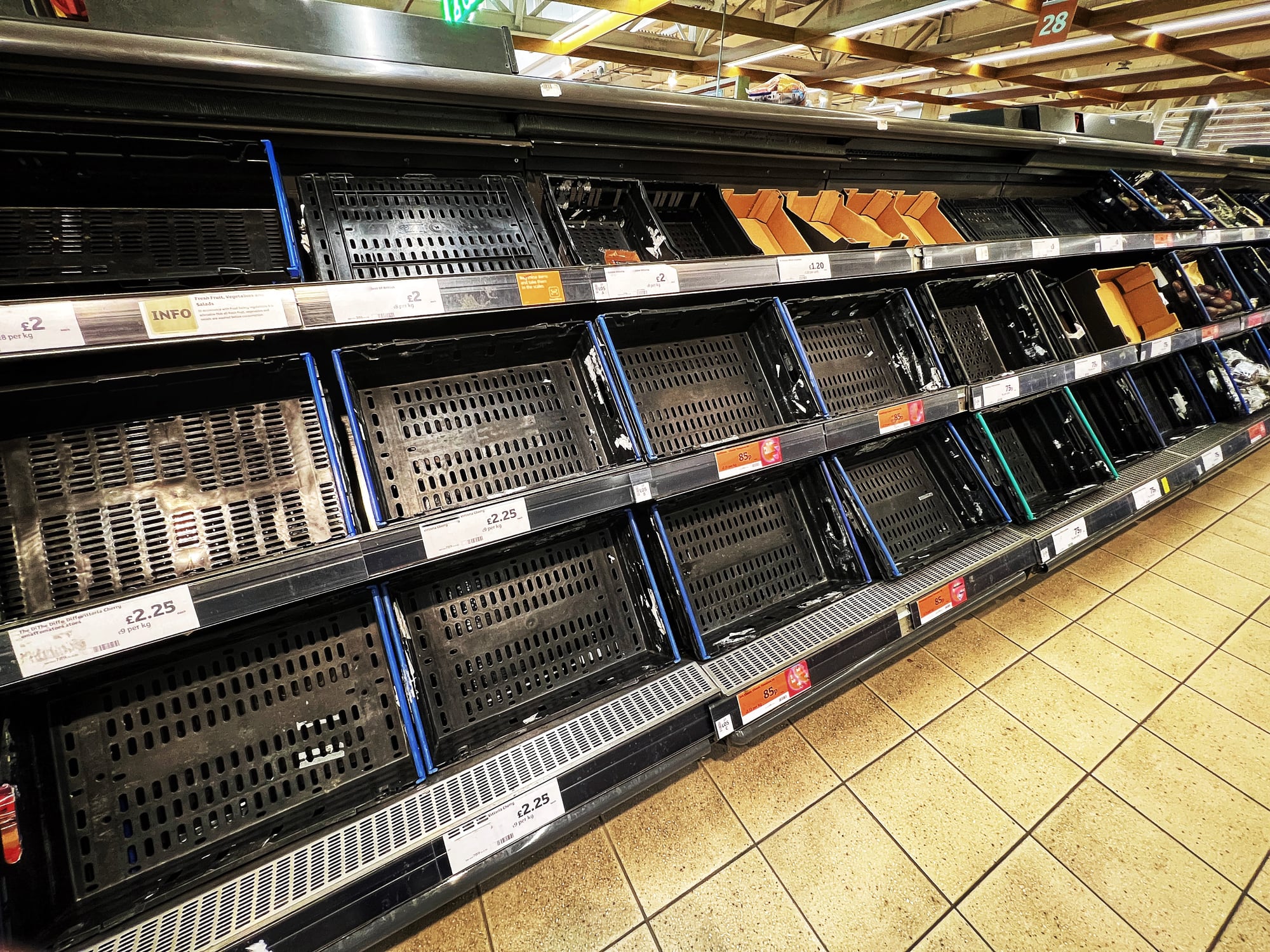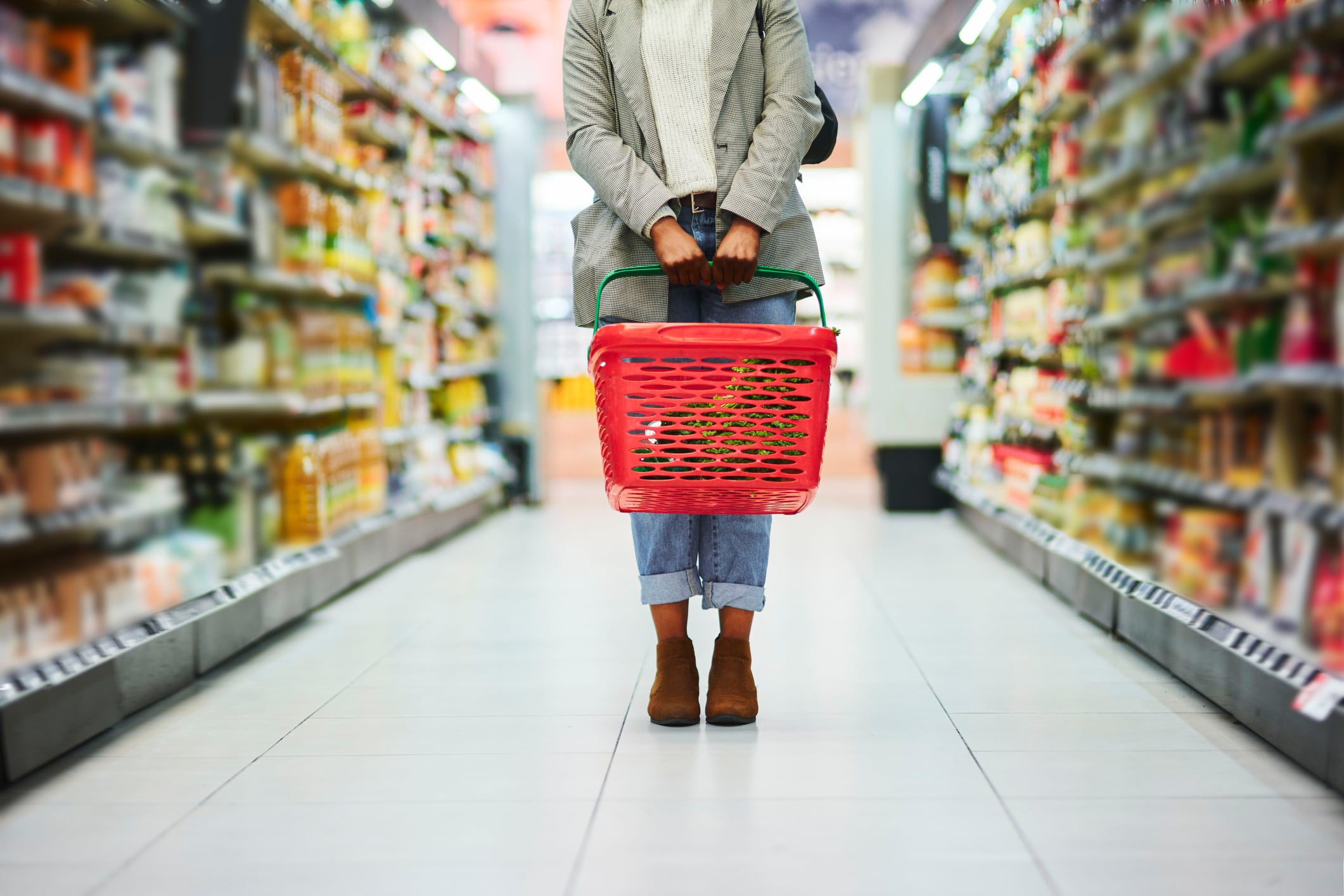Drought has been declared in the West and East Midlands, with a hosepipe ban incoming after the UK experience its third heatwave of 2025.
The hosepipe ban announced by Thames Water is expected to impact 1.1 million people and follows England’s warmest June on record. It comes shortly after the first hosepipe ban of the year was put in place last week, impacting parts of Yorkshire, Lincolnshire and Derbyshire.
Whilst temperatures have since cooled from its highs last week, experts say it’s possible that they could climb back up to and beyond 30°C by the weekend.
Owen Ensor, CEO and founder of UK cultivated meat company Meatly, said the news of drought in England highlights the vulnerability of the UK’s food security.
“Bouts of extreme weather are becoming more frequent and it’s oftentimes the British Farmer who suffers first. We’re seeing lower yields from our farms and a subsequent impact on prices for the consumers wallet,” he said.
“The Government needs to help our farmers build resilient and regenerative practices. Meanwhile, diversifying our protein production can help reduce the burden on our farmers and help mitigate the impact of extreme weather.
“Cellular agriculture and cultivated meat is just one of those keys to unlocking a new era of home-grown food that requires less water, less land and yet maintains high quality output. We need to embrace these now as otherwise we’ll become overly dependent on imports.”
People pose biggest risk
Earlier this year, we saw the publication of Professor Tim Lang’s 2025 report on Food Resilience, which considers how prepared Britain is in the face of a food shock and seven steps that can be implemented to improve UK food resilience.
The report draws on anonymised interviews from people across the food industry, government, academia, local resilience forums, and community groups.
It contends that the little attention that has been given to food resilience has been focused on food supply rather than the consumer and public end of the food system, which is likely to impose much more of a risk.
In an article for the Guardian, Lang pointed out the UK’s national risk register “barely acknowledges food”. Among the 89 risks it outlines, it mentions food once: food supply contamination. This is despite all the expert opinion he sought (for the creation of the aforementioned report) that referenced a much broader set of challenges, such as energy outages, ransomware attacks, AI attacks, and trade disruption.
The seven recommendations for better food resilience
- Learn from other countries that have already embedded food resilience into their national food strategies
- Understand how the public thinks about food resilience and how they might respond in a crisis
- Map food assets within communities – from allotments to food banks, local growers and community kitchens
- Local authorities to be empowered and have resources to lead food resilience planning within their communities
- Create local food resilience committees to bring together local authorities, community groups, food businesses and others to plan, share intelligence and ensure local food resilience is embedded into wider emergency planning
- The UK Central State must create and maintain a coherent food policy
- Food must be embedded in the UK’s resilience frameworks, including the National Risk Register and the Government Resilience Framework
England’s Food Strategy
Since this report, the Government has revealed a 10-point plan to achieve a more resilient, sustainable, and healthier food system. Among this list of steps is a goal to greater prepare for supply chain shocks, disruptions and the impact of chronic risks.
Defra has said it won’t be able to tackle all issues at once and will need to prioritise its actions. Whilst it does not explicitly rank the 10-point plan, one could assume the priorities will be addressed as per its numerical order (food resilience is near the bottom). Saying this, food security does appear to be woven throughout the report, with many of the other goals linked to strengthened resilience.
The plan mentions the Lang report, but it is unclear whether public reactions to a crisis will be encompassed as per his recommendations. It does, however, pull in other parts of this assessment, such as the need to unlock expertise at a local level to deliver improved outcomes.
Food strategy is promising and realistic - but we need detail
“The 10-point plan is a welcome return to some of the thinking the last Labour Government agreed in its Food 2030 strategy,” Lang told Food Manufacture.
“Broad thinking is there - the need to connect production, ill-health prevention, ecosystems, culture and to rebuild supply levels. Resilience is a big theme and I’m pleased it notes my Just in Case report ‘extends’ what we mean by making food systems resilient.
“We need the detail now - what interventions? Whose resilience and how? What public engagement? What incentives to grow more food? And what preparations to cope with coming shocks? Who is going to deliver and drive this change? Detail. Detail. Meanwhile food system fault-lines widen…”
Agrifood policy analyst Antony So, who worked with Lang on the report, added: “Labour’s food strategy is promising and realistic: the team have clearly done their homework, seeking to build on, rather than replace, Henry Dimbleby’s 2021 National Food Strategy.
“The strategy is promising because it makes clear that the overall food system is highly interconnected but needs transformation. This will require coordinated action across government departments at national, local and regional levels. The authors of the strategy have sought expertise from business as well as civil society, and have pledged to continue to do so in future.
“The strategy is realistic because it recognises that food production is an industry, and so ultimately it needs to be profitable. While the UK does need more resilient domestic production that can withstand shocks, the new policy also acknowledges the essential role of imports and international trade in our food supply.
“Politically, the strategy links food to the Government’s Plan for Change and milestones for mission-led government. Refreshingly, Labour are not trying to tell people this is an easy fix: the food strategy explicitly states that this is a policy for the long term that needs clear political direction, sequencing and involvement from the whole of government and all sectors of society.”
Dayna Brackley, partner at food policy consultancy, Bremner & Co, also described the report as a reassuring step in the right direction.
“It’s encouraging to see food resilience positioned as a central part of the government’s new food strategy. In previous strategies, it played only a limited role and lacked clear goals,” she said.
"This strategy explicitly links improved supply chain resilience with reducing the impact of shocks and chronic risks on access to healthy and sustainable food. That feels like a clear recognition of the lessons learned during the Covid pandemic on food security, consumer behaviour, and systemic vulnerabilities. The next step is translating this into meaningful action, through clear deliverables, targets and long-term investment.”
The EU’s stockpiling strategy
As Britain has been prepping, this week has seen also the European Commission launch its EU stockpiling strategy, which is part of its own Preparedness Union agenda.
The initiative is designed to improve access to essential goods such as food, water, oil, fuel and medicines for European citizens in the event of a crisis, including energy blackouts, natural disasters, conflicts and pandemics.
Key actions for the EU Stockpiling Strategy include establishing an EU Stockpiling Network with Member States to share best practices, coordinate stocks, and develop joint recommendations; and identifying stock gaps and duplications through information sharing.
The Global Cold Chain Alliance (GCCA) has welcomed this move as a positive step towards greater resilience in the face of future crises.
Julie Hanson, Europe director at GCCA, said: “We commend the Commission for including food in the future EU stockpiling strategy and for recognising the vital role of logistics in ensuring food security during times of disruption. This strategy lays the groundwork for much-needed cooperation between governments and food logistics operators.”
However, while the GCCA welcomes the broad direction of the strategy, it also urges the Commission to swiftly provide clarity on several key areas that remain undefined in the current draft.
“There are still major gaps in detail that urgently need addressing,” Hanson continued. “We need clear answers on fundamental questions – such as what qualifies as ‘essential goods’ in the food sector, how minimum stock levels will be set and enforced, and what expectations will be placed on private cold chain logistics operators across the EU.
“European food security depends in large part on the quality and capacity of the infrastructure available to store and transport goods. We will also continue to advocate for policy action to remove barriers that hinder much-needed investment in our food logistics infrastructure. This includes access to affordable energy at all times, particularly during times of crisis. As well as removing bureaucratic barriers to the construction and modernisation of vital infrastructure at all levels of government.”





